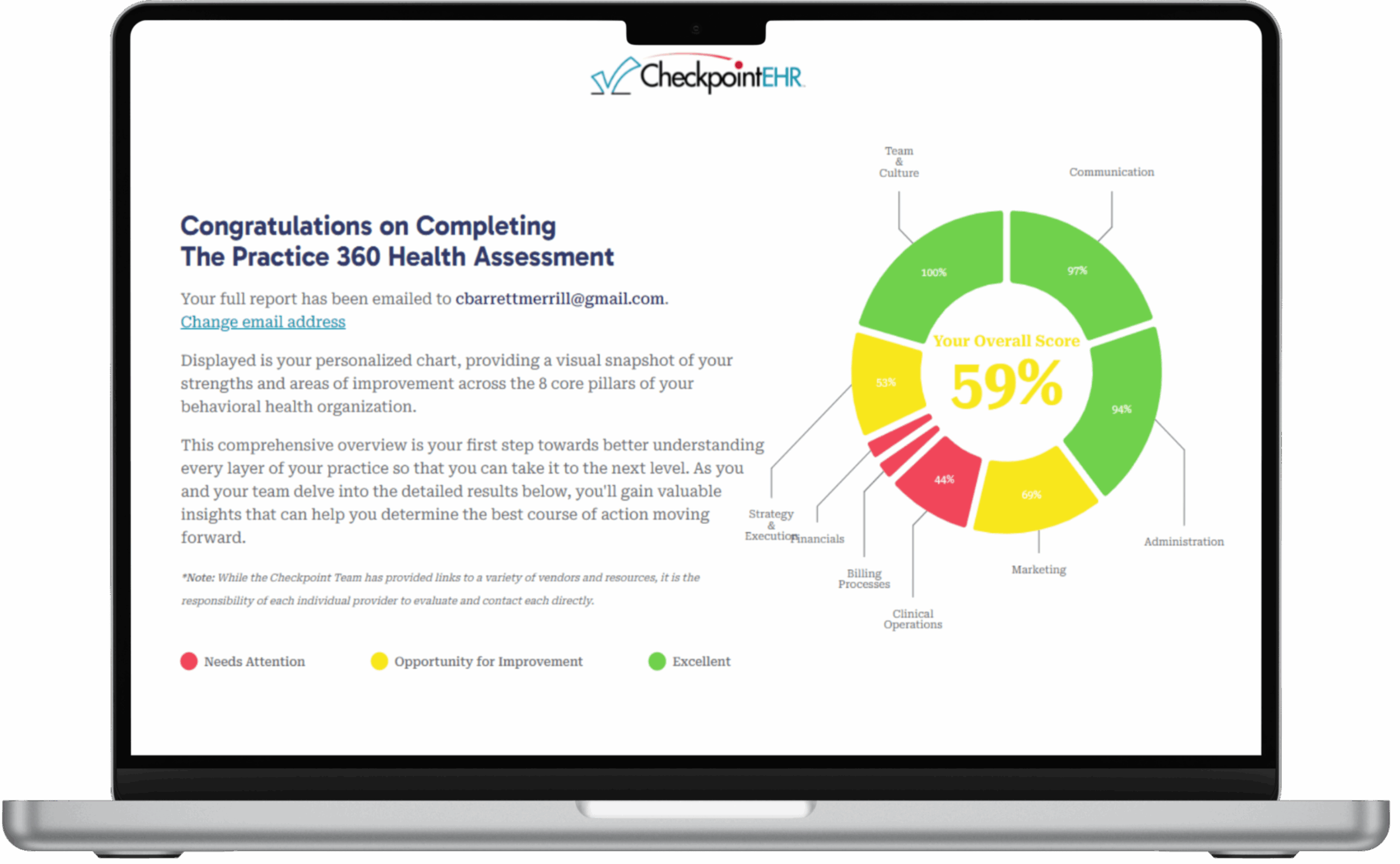What to Know About NPI Numbers as a Therapist

As a mental health therapist, it is important to get and use a National Provider Identifier (NPI) number. This is crucial when working with behavioral health insurance and Medicaid, no matter your practical stage. It helps you process claims, protect your professional identity, and follow healthcare rules.
In this blog, we will explain what therapists need to know about NPI numbers. We will cover when and why you need one. We will also discuss the difference between individual and organizational NPIs, and how to obtain them. Lastly, we will look at how these numbers relate to taxonomy codes and HIPAA.
What is an NPI Number?
An NPI (National Provider Identifier) is a unique 10-digit identification number assigned to providers by the National Plan and Provider Enumeration System (NPPES) [1]. The Health Insurance Portability and Accountability Act (HIPAA) created NPIs to help simplify identification of healthcare providers. These numbers are a standardized system that flows across various health plans and payers.
Your NPI remains the same regardless of job changes, location changes, or even license changes. The number follows you throughout your behavioral health career.
Key takeaway: If you plan to bill insurance companies, including Medicaid, you must obtain an NPI number.
[1] Apply for an NPI through NPPES hereWhen Do You Need an NPI Number as a Therapist?
Therapists working in mental and behavioral health may need an NPI number in various situations, including:
- Billing Insurance Providers: If you plan to accept CMS or insurance, you must have an NPI to submit claims.
- Working in a Group Practice: Even if you work in a group practice with centralized billing, you will still need your own NPI.
- Credentialing with Insurance Payers: Many credentialing applications (such as CAQH) will require you to provide your NPI number.
- Submitting Referrals or Authorizations: In some cases, therapists must obtain an NPI to make service referrals or request prior authorizations.
- Complying with HIPAA: Under HIPAA regulations, providers that transmit electronic health information for billing purposes must use an NPI.
Simply put — if you’re planning to bill insurance in any capacity, you’ll need an NPI.
How to Obtain a National Provider Identifier
Obtaining an NPI number is free and relatively simple. Here’s a step-by-step guide:
- Visit the NPPES Website: Go to the National Plan and Provider Enumeration System (NPPES) website here.
- Complete the Application (Form CMS-10114): Fill out the online application form, also known as Form CMS-10114. You’ll need to provide:
- Personal information (name, address, phone number)
- Professional credentials (license number, state, etc.)
- Taxonomy Code (more on this below)
- Submit Your Application: Once submitted, you’ll receive your NPI within a few days to a few weeks, depending on processing times.
- Save Your NPI Number: Once you receive your NPI, keep it in a secure place and use it for any insurance credentialing, billing, or claims submissions.
Individual vs. Organizational NPIs
As a therapist, it’s important to understand the difference between an individual NPI and an organizational NPI.
- Individual NPI (Type 1): This is your personal NPI as a healthcare provider. It follows you throughout your career and links to your personal licensing and credentials. If you are a solo practitioner, this is the NPI you’ll primarily use.
- Organizational NPI (Type 2): If you own a group practice, mental health clinic, or an organization that bills under a separate Tax ID, you may also need an organizational NPI. This NPI is linked to the business entity rather than an individual.
Example: If you run a private practice and bill insurance under your personal SSN, you only need an individual NPI. If you form an LLC and bill under your business EIN, you’ll need both an individual NPI and an organizational NPI.
What is a Taxonomy Code and How Does It Relate to Your NPI?
A taxonomy code is a 10-character alphanumeric code that identifies your specialty as a healthcare provider. When applying for your NPI, you must select a taxonomy code that best matches your profession.
Common Taxonomy Codes for Therapists:
- 101YM0800X – Mental Health Counselor
- 1041C0700X – Clinical Social Worker
- 103T00000X – Psychologist
- 106H00000X – Marriage and Family Therapist
Your taxonomy code helps insurance payers and credentialing bodies understand your professional role and qualifications. Incorrect taxonomy codes can lead to claim denials.
Role in HIPAA Compliance
The NPI was introduced as part of the Health Insurance Portability and Accountability Act (HIPAA) to simplify the billing and claims process. Before NPI numbers, each insurance payer could assign a different provider number, causing confusion and inefficiency.
By standardizing the identification process, NPIs promote faster claim processing, more accurate billing, and enhanced data security.
HIPAA regulations require that all covered entities use NPI numbers when submitting electronic health information.
Updating Your Information
Over time, you may need to update your NPI information due to changes like:
- New practice address
- Change of phone number
- Change in credentials or license status
- Change in business structure (from sole proprietorship to LLC)
You can update your NPI information anytime through the NPPES portal.
Final Thoughts
Obtaining and using your NPI number correctly is an essential part of operating as a mental or behavioral health therapist, especially if you accept insurance or Medicaid. Whether you’re a solo practitioner, part of a group practice, or starting a private practice, your NPI will follow you throughout your career.
By understanding the relationship between your NPI, taxonomy code, and HIPAA compliance, you’ll streamline your credentialing, billing, and insurance processes.
If you haven’t already applied for your NPI, now is the time. Visit the NPPES website and get started today.


